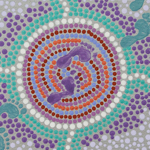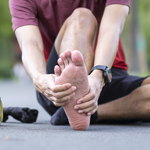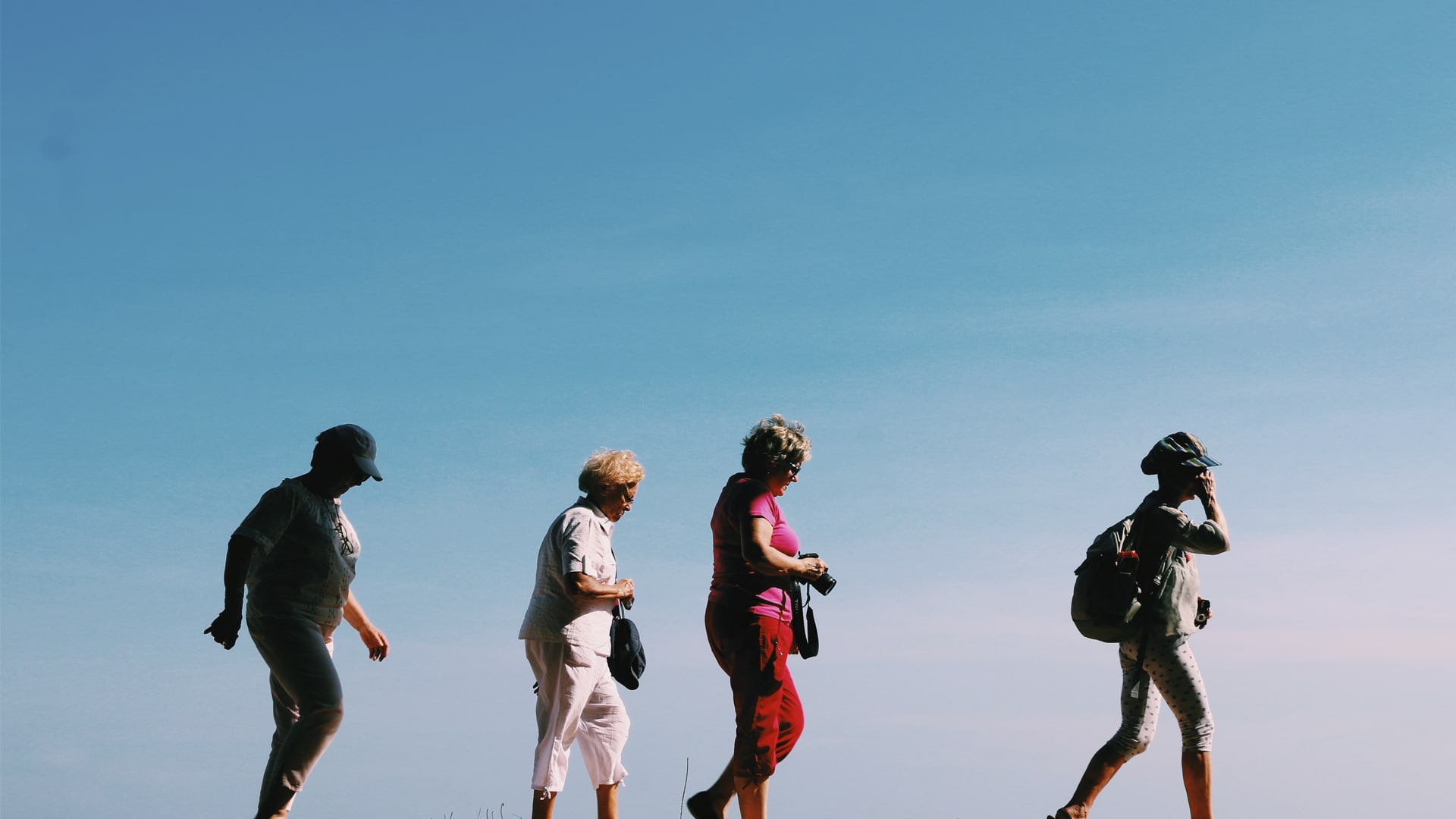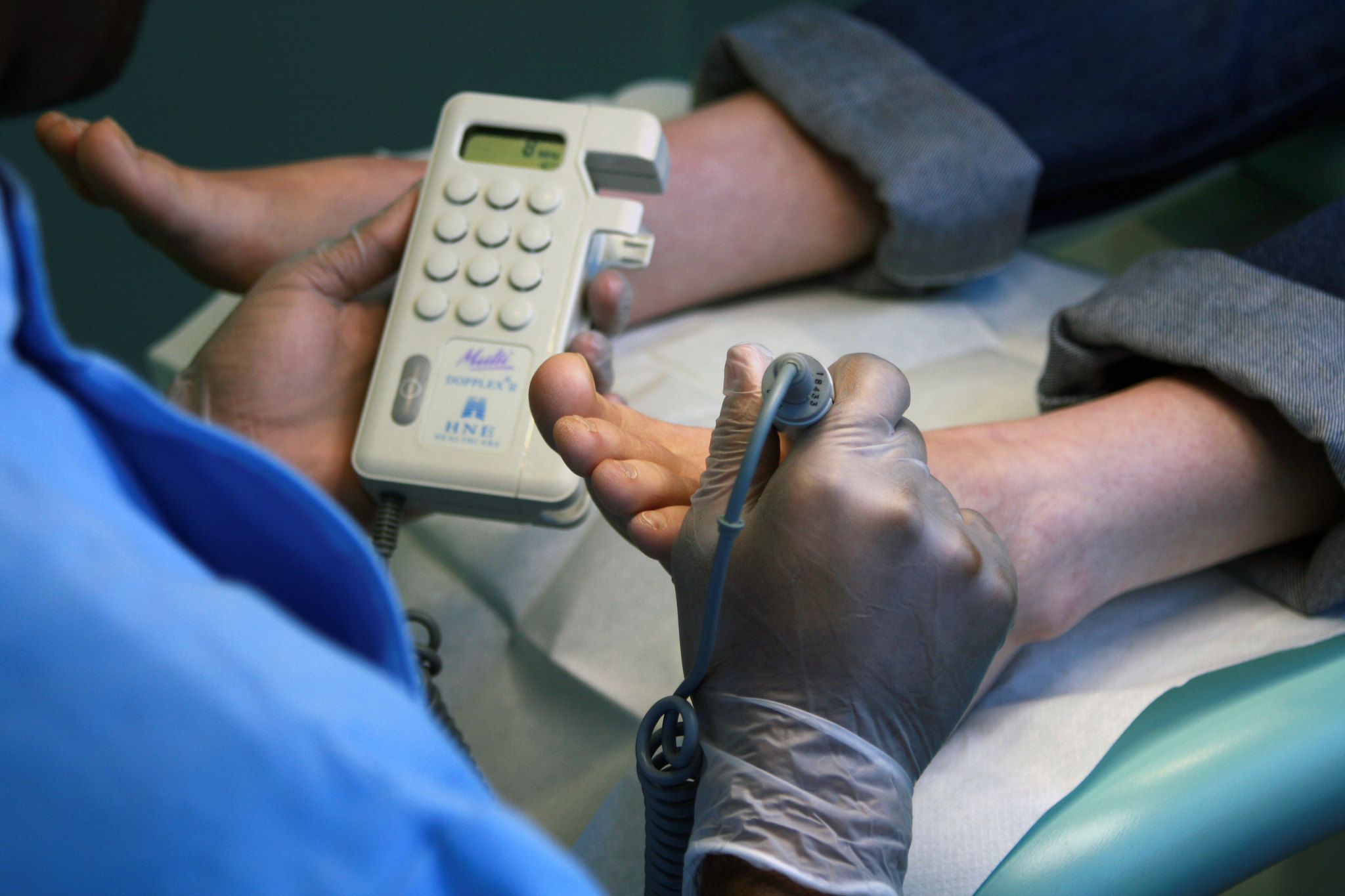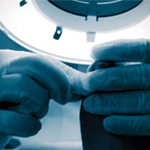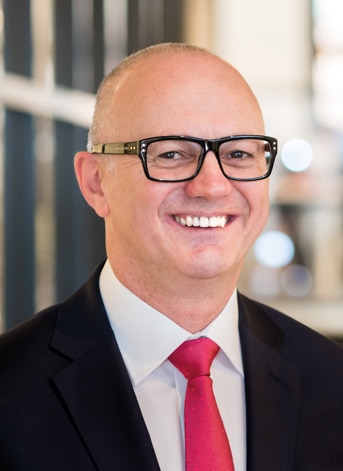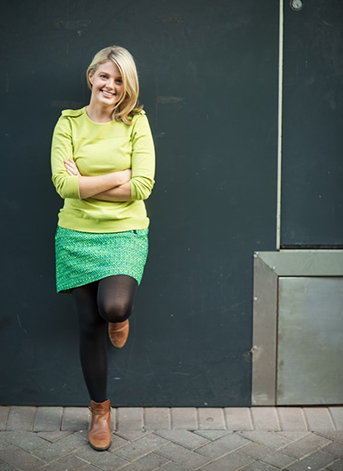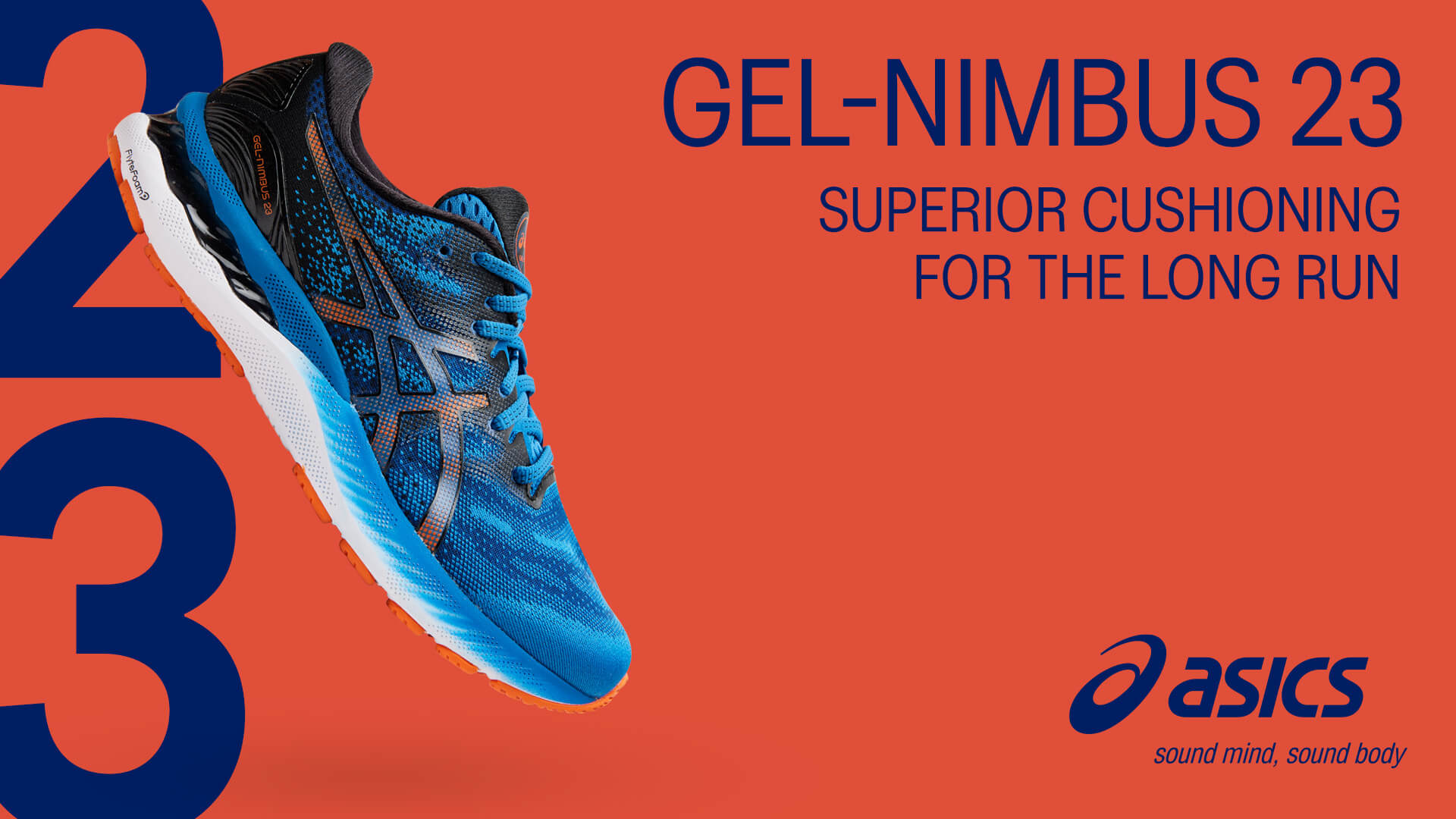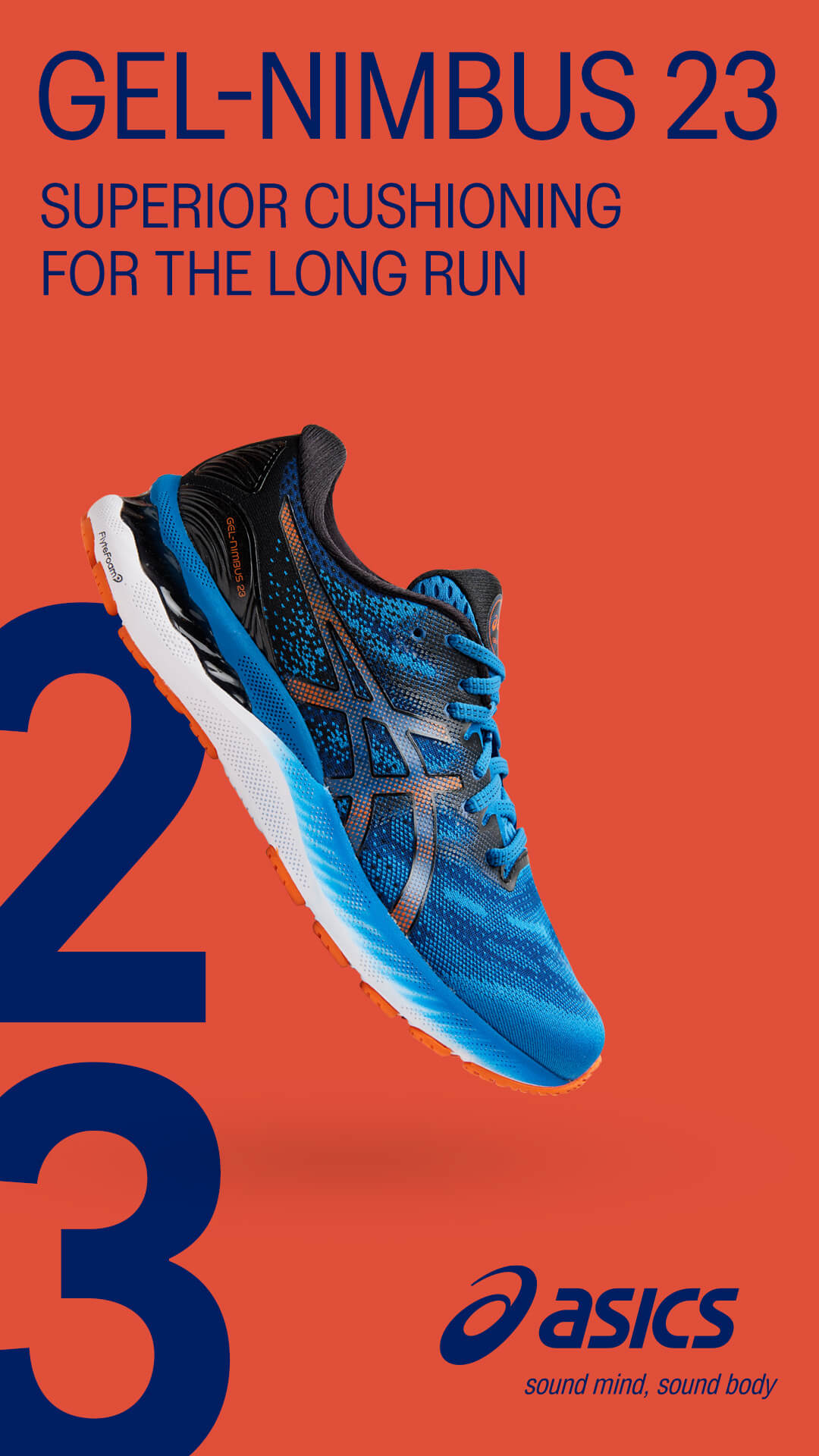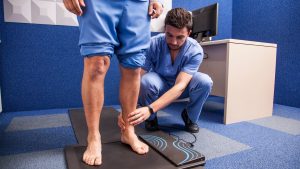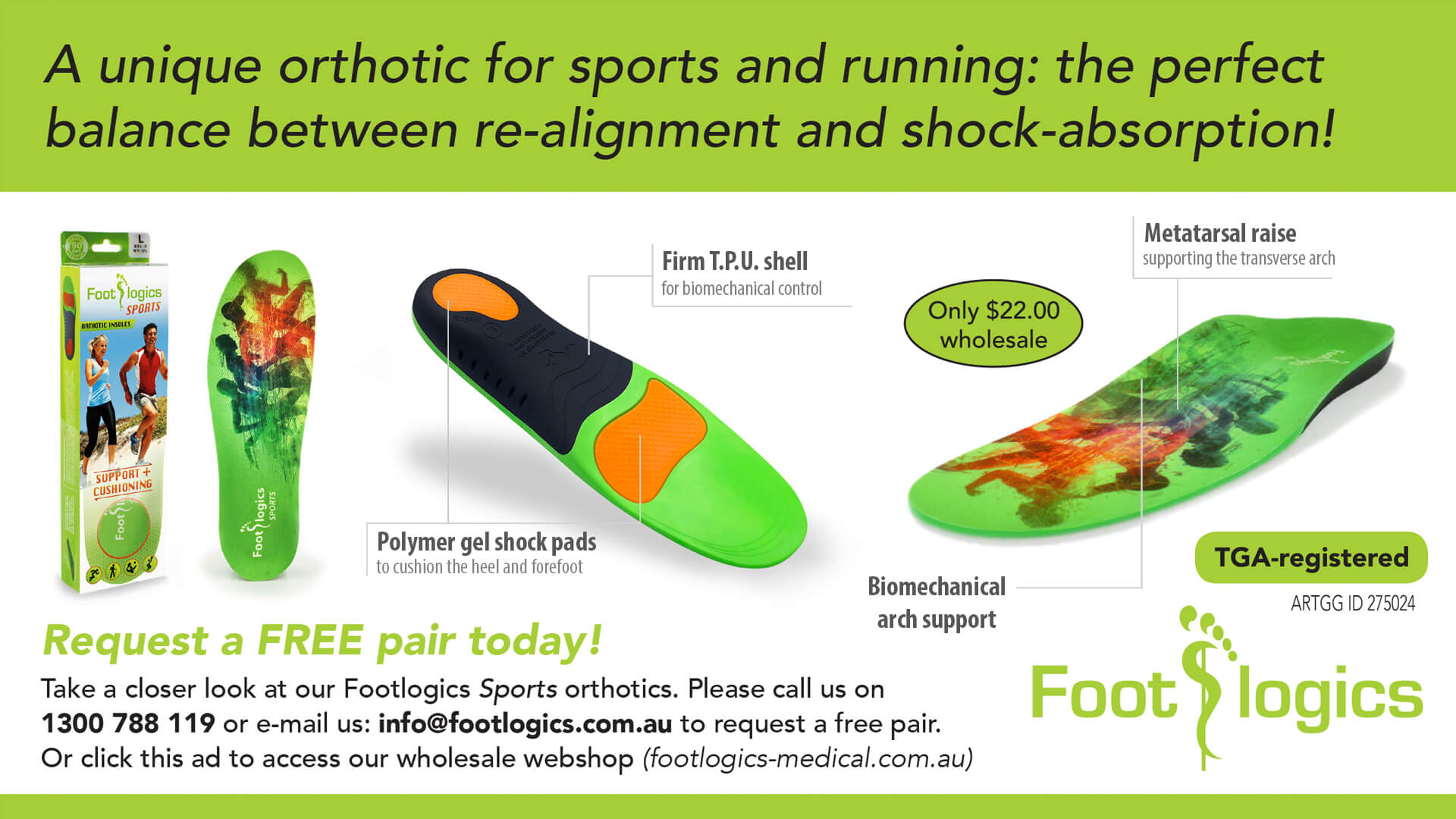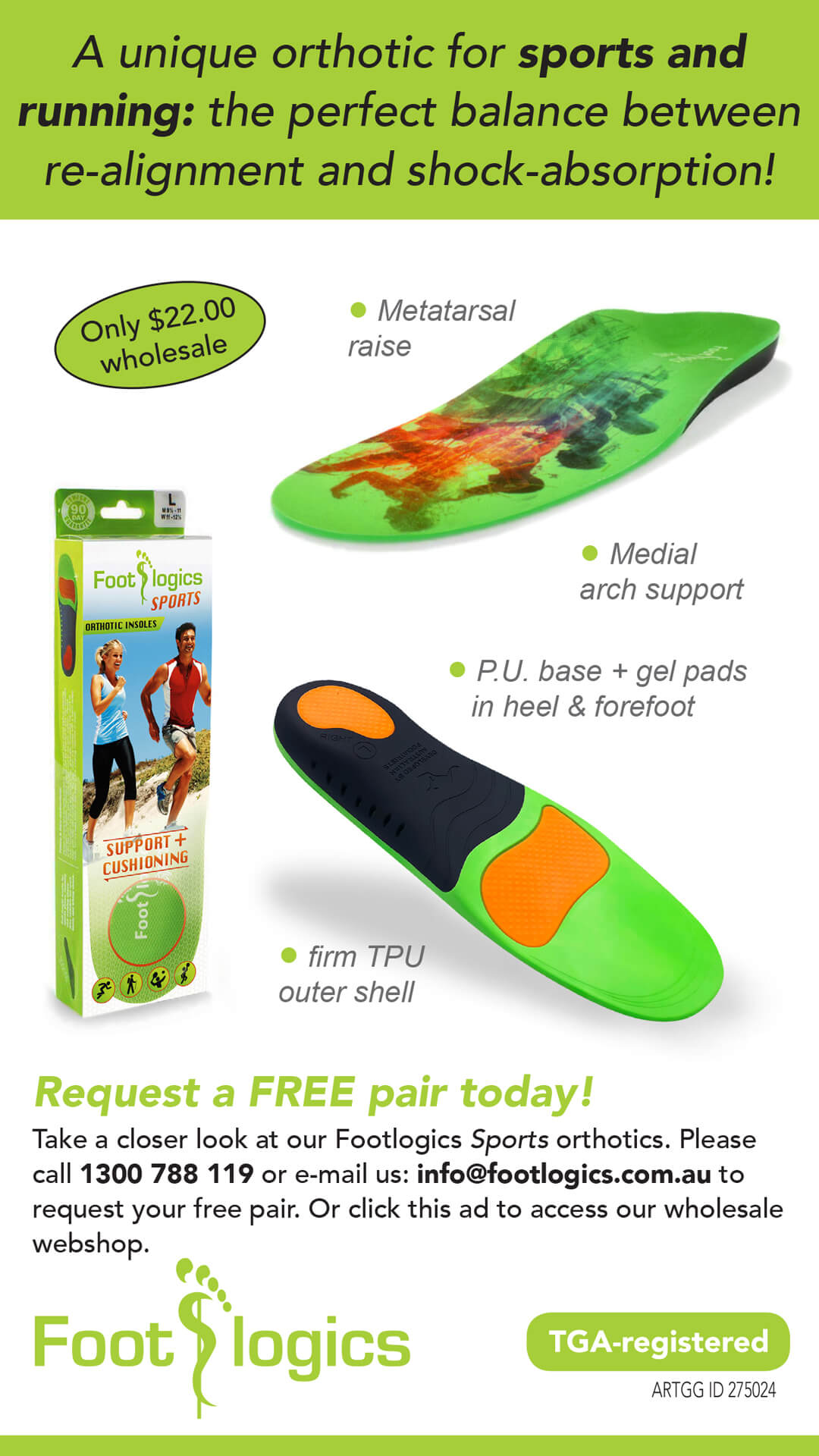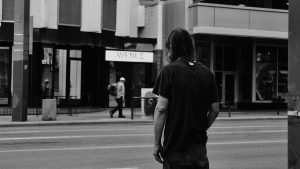APodA advocacy update
By Nello Marino
CEO - Australian Podiatry Association
AGM reports now available
If you haven’t already, take a look at the CEO Report and President Report from our 2021 AGM. It tracks the events of what was a devastating year for many, as well as highlighting developments such as:
- Consolidating the role of APodA as a peak body: Apart from reorienting many of the face-to-face service offerings such as CPD, the APodA became a critical source of accurate, reliable information for the membership and many of the broader profession across 2020.
- Reduction in member fees: Member fees were reduced by 25% in recognition of the need to provide relief. This came with an increase in services including more regular communication, discounted online and hybrid CPD, the renegotiation of member professional indemnity and public liability insurance that saw a 40% reduction in premiums.
- APodA rebrand: A rebrand unfolded to celebrate a more contemporary APodA brand.
- Increased member support: Access was set up to an industry-first member assistance program, which enabled any member to access counselling free of charge, no questions asked.
- Increased member engagement: Member-access measurably increased to our member HR Service through the APodA HR team.
The face of membership also changed, with the following developments flagged at our recent AGM.
- Increasing member numbers: Membership increased in the 2020/21 year by over 22%. As of April 2021, membership sits at 3233 which includes about 600 students and new graduates. This is more members than ever.
- Increasing member engagement: We saw record numbers at our online events and an extremely positive response to many of the communications and messaging.
More information
Head here to read the full 2021 AGM minutes and accompanying reports.
Decolonising the space
James Gerrard explains why this section of STRIDE has been given a new name. New artwork is also introduced, along with insights from artist Nellie Green regarding the story behind her dedicated artwork and what this means for Aboriginal and Torres Strait Islander Peoples; as well as all podiatrists.
Types of foot osteoarthritis explained
Merridy Lithgow shares her knowledge on diagnosing and treating foot osteoarthritis, with abundant practical insights laid out for her fellow podiatrists to benefit from.
Menopause and foot health, structure and function
Associate Professor Caroline Robinson explores the impact of menopause on foot health, to highlight how podiatrists can make a positive difference to this client demographic.
How we can better support podiatrists in training
- 363 Words
- 3 minutes reading time

By Dr Malia Ho
The focus of undergraduate clinical training has traditionally been on skills acquisition. Whilst clinical competency and safe practices are important for patient care, the wellness of the practitioner is often overlooked in undergraduate training.
In 2020, the Podiatry Association (Singapore) investigated the self-reported prevalence of occupational injuries among podiatrists who trained in Australia, New Zealand and the United Kingdom and reported the following:
- 72.7% developed back, neck, hand and wrist injuries attributing to poor work posture and ergonomics
- 18.1% reported mental health challenges attributed to high patient load and lack of support in the workplace.
Could undergraduate clinical training be fine-tuned to better prepare students for these challenges? When reflecting on the study results, the following three points could be implemented.
1. Emphasise ergonomics and occupational safety
This point particularly refers to the use of our upper limbs. Given podiatrists treat lower limb conditions with our upper limbs, a student in training may develop poor postural and upper limb movement habits. To promote occupational wellness and safety in practice, clinical training could include upper limb mechanics and injury prevention strategies.
2. Authentic clinical training
Clinical training has traditionally been authentic in the sense that students have internships in a clinical environment managing ‘real’ patients. However, the time allocated for students to manage patients is usually quite long (between 60 to 120 minutes). Towards the end of their fourth year, perhaps students should be expected to work within 30 to 40 minutes per patient. This may better prepare them to cope with the time pressures in the work environment.
3. Mentorship support
As part of students’ fourth year placement, clinical co-ordinators could offer to match them with professionals who will mentor and support them post-graduation, allowing for a seamless mentor-mentee relationship from being a student through to their role as a working professional.
In summary
These are just some examples to demonstrate how a podiatrist’s wellness can be prioritised early on in their educational journey, which is a conversation certainly worth having.
The result of the online survey is used with permission from the Podiatry Association (Singapore). Specifically, I would like to acknowledge the contribution of Marabelle Heng, Jamie Kok and Arnold Hu.
Why research matters to your role
- 570 Words
- 4 minutes reading time
Dr Susan Nancarrow explains why research is relevant to every podiatrist, no matter what.
An important response from the ACPS: Protecting our profession
Over many years the advancement of the podiatry and podiatric surgery professions has been subjected to resistance from a select number of sectors of the broader medical profession. This article responds to a recent statement that exemplified this resistance in the interests of protecting the interests of our profession.
How can you help people seeking asylum?
- 215 Words
- 2 minutes reading time
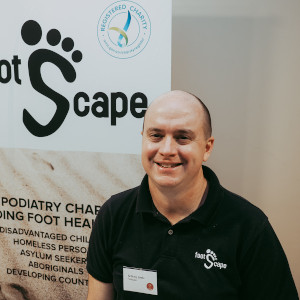
By Anthony Lewis
CEO Footscape
This past April marks nine years that Footscape has proudly provided volunteer podiatry clinical services for members of the Asylum Seeker Resource Centre (ASRC).
What is the ASRC?
The ASRC works directly with asylum seekers living in the community to provide direct aid and support as they await an outcome of their refugee determination application in Australia.
This centre enables people to feel welcome, safe and supported. It also serves as an important platform for podiatry services within the holistic delivery of primary health services.
How you can get involved in the ASRC
Volunteering opportunities exist for health professionals to get involved and there may well be remote opportunities available for general volunteer roles. To register your interest, head here, or get in touch with Footscape to volunteer your services through their existing partnership with the ASRC.
The challenge for asylum seekers
Asylum seekers have difficulty prioritising their foot health given that other acute and crisis necessities demand immediate focus. Yet asylum seekers need to be able to access podiatry services and achieve optimum foot health. This is central towards maintaining independence and quality of life, including opportunities for social engagement and inclusion.
Where Footscape comes in
The ASRC Health Program Manager, Sheenagh McShane, explains how Footscape helps address these issues:
“Often people seeking asylum face many barriers when trying to access the Australian health system. Many have limited English language skills, low health literacy, lack of income and they often have competing priorities such as legal, housing and employment issues.
“Health, and in particular foot health, is often ignored whilst trying to navigate the refugee determination process and settling into Australian life. The role of the ASRC Health Program and Footscape is to facilitate access to podiatry services in order to achieve optimum foot health.
“Footscape and ASRC have been working together since 2012 when Anthony established the podiatry clinic to provide furnishing, equipment and his clinical services on a fortnightly basis.
“Something as simple as a good pair of socks and shoes can change a person’s quality of life in an instant. Footscape has been able to source new footwear, new socks, orthotic devices and foot care kits as part of no-cost treatment plans to ASRC members.”
How this can relate to you
While this initiative is Melbourne-based, similar entities exist around Australia to support those seeking asylum. If you would like to provide similar support, no matter where your location, contact Footscape for advice on where to start.
Lending a hand: a case study
- 557 Words
- 5 minutes reading time
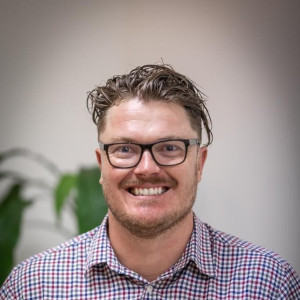
By Andrew Barlow
Podiatrist co-founder of Paromed
Meet Mark. Mark has been intermittently homeless for 30-odd years and he experiences mental health issues which stem from his periods of homelessness. Walking Tall’s Andrew Barlow has been attending to Mark since 2007 and over that period, through good results and the eradication of pain in his feet, they have overcome musculoskeletal and dermatological issues.
“I met Mark at an event for homeless people experiencing homelessness, where I treated him and got good results,” Andrew explains.
Through his treatment period, Mark regained the ability to exercise and walk. These developments saw a huge positive impact on his psychological wellbeing and a mutually-respectful relationship between Andrew and Mark continued to unfold; based on the shared belief that a person’s health is their priority.
“He has become a friend to me, given our shared vision to make a difference by using donations to distribute footwear to those who need it most,” says Andrew.
The impact of this support
Mark now volunteers for different organisations when he can. He takes time out of his day to organise donations in order for Walking Tall to distribute the donated shoes more effectively. This involves organising the footwear into groups, then sorting the footwear into categories such as sizes, gender, purpose, and level of support.
“It’s important that the shoes are distributed according to their purpose and function,” says Andrew. “Mark’s time spent categorising the shoes provides a filter to ensure the shoes are safe and adequate for their new owner.
“Without Mark, it is likely the shoes will be less accessible to those who need them.”
How does this case study apply to you as a podiatrist? Here are three lessons learned we get from it at Walking Tall:
1. You never know the impact you have on those you help: While Mark’s situation is specific, in that he was experiencing homelessness; the impact we had not only improved his health issues, but it inspired him to want to help others. As podiatrists, by showing kindness in our approach we can help to support our patient’s mental health as well as their physical heal.
2. The power of many makes a big difference: At Walking Tall we can only do so much without the support of people like Mark and many others. We are greater than the sum of our parts and as podiatrists, we are embedded in our local communities. This can be harnessed in a multitude of ways to make a difference to the healthcare issues or causes you care about.
3. Name your cause: While it’s not essential to have a cause in mind, it can be empowering to focus on an issue in your role as a podiatrist that you really care about, which you want to somehow improve or even change for the better. For us, it is supporting people who experience foot health challenges as a result of being disadvantaged – often through homelessness. What causes can you champion through your role as a podiatrist? Name them and build your own circle of support that leads to positive action.
Do you practice procedural fairness?
Jack Byrnes explains why employers should understand procedural fairness, and practise it at all times.
How do changes in insurance affect podiatrists?
- 997 Words
- 9 minutes reading time
To kickstart our insurance insights series in STRIDE, hosted by Shamus Breen the managing director of BMS Risk Solutions, this overview touches on issues that are directly impacting on the insurance market; to help guide your insurance decisions.
Do you know about these tax updates?
- 188 Words
- 2 minutes reading time
By APodA Staff
Have you done your homework when it comes to changes such as the below? If not, start your financial year strongly by taking note and making adjustments where required. If in doubt, always seek advice from your local accounting professional.
Are you across the changes to superannuation?
With the super guarantee rate set to increase to 12% by July 2025, and now at 10% as of 1 July this year, head to our HR portal (log in first) or the Australian Taxation Office’s (ATO) online tool for more information.
How does the lowering of the tax rate affect you?
With the tax rate now lowered to 25% how does this affect you? There are plenty of resources which touch on this subject including this one here.
Can you benefit from the enhanced instant asset write off?
To find out what the changes are and whether your practice can benefit, head to this resource on the ATO website and scroll down to the relevant section.

